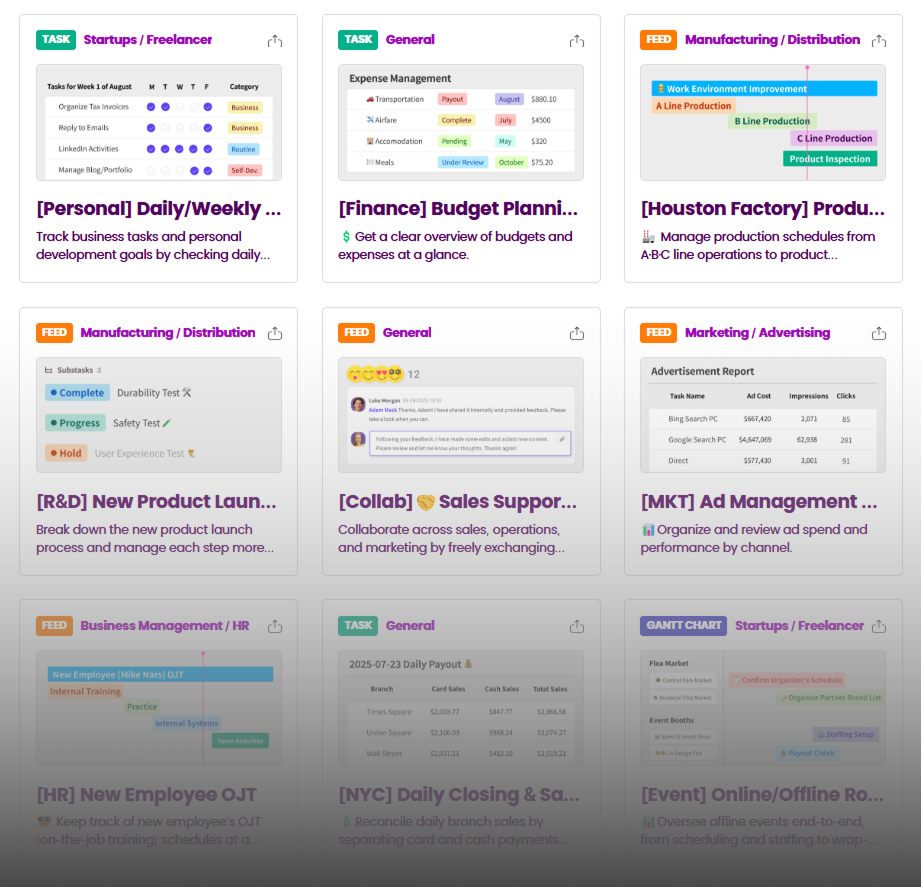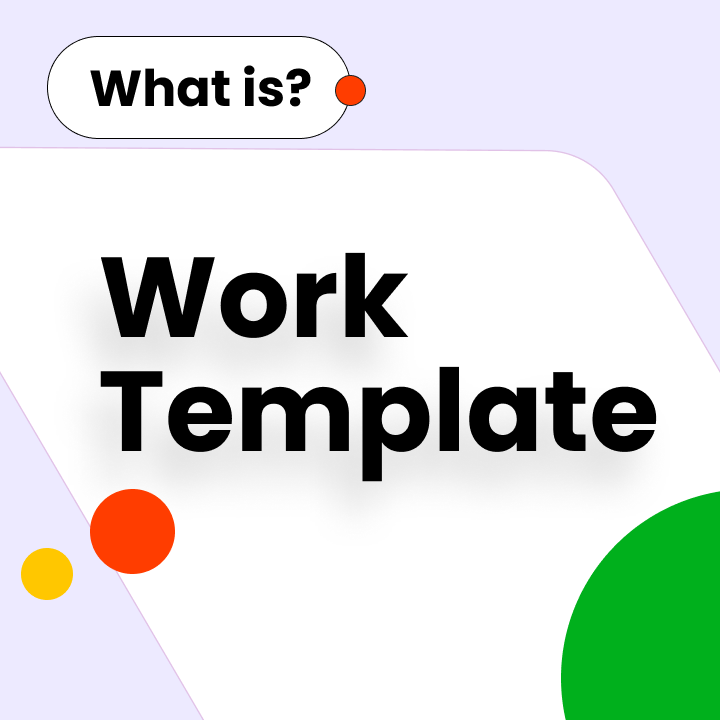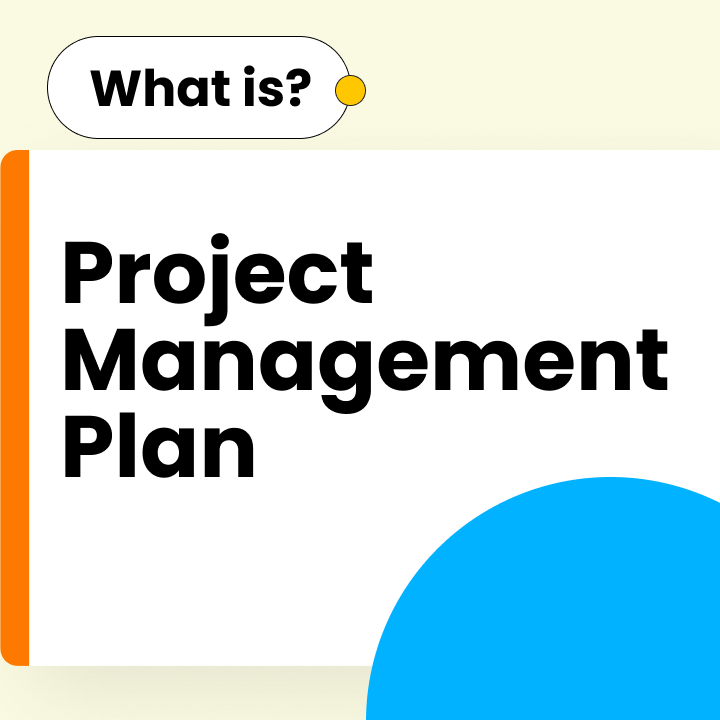A well-structured work plan keeps projects on track and ensures that teams are aligned. Many people struggle with organizing their tasks due to missed deadlines and unclear goals. A straightforward yet effective work plan addresses these issues by breaking down tasks, setting deadlines, and assigning responsibilities.
This approach benefits professionals, students, small business owners, and anyone involved in projects, regardless of size. There are no complicated steps—just a clear structure to follow. The goal is to complete work efficiently without wasting time.
What Is a Work Plan?
A work plan is a detailed document that outlines tasks, deadlines, and responsibilities for a project. It helps teams stay organized and achieve their goals. Think of it as a roadmap that shows what needs to be done, who will do it, and when. Whether for long-term or short-term tasks, a well-crafted plan prevents confusion about deadlines and roles. An effective work plan aligns business goals with individual skills, ensuring that employees understand what is expected of them and can work effectively. While formats may vary, the main idea is to maintain clarity.
Why Work Plans Are Important for Businesses
Without a work plan, teams can waste time on unclear tasks or overlapping responsibilities. A solid plan ensures that resources are used efficiently and that projects stay on schedule. Companies that use an annual work plan can track their progress over the year, while managers who use an employee work plan template can evaluate individual performance.
Work plans also help teams adapt to changes. If a project falls behind, the plan makes it easier to adjust deadlines or reassign tasks. Whether it’s a simple work plan template for startups or a detailed corporate strategy, having a plan reduces risks and increases the chances of success.
Key Components of an Effective Work Plan
An effective work plan keeps projects organized and teams focused. Whether you use a free work plan template or create one from scratch, certain key elements must be included. These components ensure clarity, accountability, and progress tracking. The right structure helps answer how to create a work plan that truly works.
Goals and Objectives
Every work plan begins with clear goals. These goals define what the project should achieve. For example, a project work plan might include objectives like “We will launch a new website by December” or “We will increase sales by 15% this quarter.” These goals need to be specific to measure progress effectively.
For an individual work plan, you might set the objective of completing three training courses this month or submitting a report each week. Without clear goals, the team may work hard but not in the right direction. Identifying what is acceptable is the first step in creating a work plan.
Timeline and Milestones
A work plan must include deadlines. Setting deadlines for project steps helps ensure that the project is not completed at the last minute. A work plan template could list tasks by week, while a sample work plan might include quarterly milestones.
A work plan format could specify deadlines for drafts, content writing, approvals, and more. Project milestones serve as checkpoints to see if you’re on track. Without a timeline, even the best ideas can stall.
Team Roles and Responsibilities
A work plan assigns tasks to specific individuals. This prevents confusion and ensures accountability. In a team project, the plan should clearly state who is responsible for each task. For example, an individual work plan may simply outline personal responsibilities.
A clear approach to writing a work plan includes defining roles early. For instance, a content team lead might write blog posts while a designer creates images. When everyone knows their duties, work flows smoothly. Without clear roles, tasks can be missed or duplicated.
Resources and Budget
Every project requires resources—tools, money, or people. A work plan should list what is needed and how much it will cost. A small team might use a free work plan template, while a larger company may need detailed budget tracking.
For example, a software project could list developers, design tools, and server costs. A personal monthly work plan might simply note time and training materials. Knowing your resources upfront helps prevent delays later. Without a budget, projects can run out of funds before completion.
Best Work Plan Templates and Examples
Creating a work plan can significantly boost your productivity. A well-structured work plan not only helps you stay organized but also keeps your team aligned. Whether you are managing a personal project, a corporate initiative, or team tasks, the right work plan template can save you time, enhance communication, and help you achieve your goals.
Here are some essential details about various work plan templates you should consider.

1. Morningmate Simple Work Plan Template
The Morningmate Simple Work Plan Template is user-friendly and perfect for straightforward planning. It features a clean layout that allows you to define goals, list tasks, set deadlines, and track progress, making it suitable for both personal and team use.
What makes this template special is its flexibility. You can use it to manage daily tasks or plan projects over several months. With Morningmate, your entire team can collaborate in real time, making updates, adding comments, and tracking milestones all in one place.
Best for:
- Small teams
- Freelancers
- Startups
- Educational projects
Key Features:
- Easy customization
- Real-time updates
- Task prioritization
- Calendar integration and notifications
This template is ideal if you seek a simple yet effective tool without the complexity of more advanced options.
2. Annual Work Plan Template
If you need to implement an organizational goal, strategic initiative, or a major client project that spans an entire year, the Annual Work Plan Template is essential. It helps you outline your key objectives, deliverables, and milestones for the year.
Creating an annual plan allows you to focus on quarterly targets while keeping your overall vision in mind. Most templates include sections for achievements, KPIs, required resources, assignments, risk analysis, and timelines.
Best for:
- Corporations
- Nonprofits
- Government agencies
- Academic institutions
Key Features:
- Yearly calendar overview
- Detailed project phases
- KPI tracking
- Budget estimates
- Team assignments
This template provides a comprehensive view while breaking down tasks into manageable parts, helping you and your team stay focused and proactive throughout the year.
3. Employee Work Plan Template
Managing a team requires coordination of individual performance and responsibilities. The Employee Work Plan Template is a valuable tool for establishing clear expectations. It outlines job duties, targets, deadlines, and accountabilities for each staff member.
HR departments often use this template during onboarding, quarterly reviews, or to assign special projects. It ensures everyone understands their roles, how success will be measured, and what resources are available to help them achieve their goals.
Best for:
- HR teams
- Managers
- Team leaders
Key Features:
- Employee objectives
- Key deliverables
- Review schedules
- Performance metrics
- Development plans
A well-structured employee work plan fosters transparency and trust within the team, providing a clear path for professional growth and success.
4. Morningmate Monthly Work Plan Template
A Monthly Work Plan Template is beneficial during busy periods. It allows you to break down large projects into smaller, manageable tasks, making it easier to set realistic goals each month.
Each month can have its own objectives, priorities, key tasks, and deadlines. Monthly plans help track short-term progress and allow for quick adjustments if issues arise. They are particularly useful in industries that require flexibility and agility.
Best for:
- Marketing campaigns
- Event planning
- Ongoing client projects
- Agile teams
Key Features:
- Clear monthly goals
- Resource and task allocation
- Progress tracking
- Mid-month reviews
- Notes for adjustments
A monthly work plan maintains momentum while allowing for periodic evaluations and refinements based on real-world performance.
5. Morningmate Project Work Plan Example
Regardless of size, every project needs a solid plan. A project work plan example is typically detailed and covers goals, tasks, timelines, deliverables, and responsibilities.
A project plan is crucial for ensuring that everyone involved understands their roles, deadlines, and how their work contributes to the overall objective. A clear work plan enhances communication, whether for internal or client projects, and increases the likelihood of success.
Best for:
- Project managers
- Consultants
- Product development teams
- Construction and engineering projects
Key Features:
- Work Breakdown Structure (WBS)
- Milestones and deadlines
- Assigned responsibilities
- Budget and resource management
- Risk mitigation plans
A project work plan serves as your blueprint for success; the more detailed it is, the easier it becomes to navigate unexpected challenges.
6. Weekly Work Plan Template
A Weekly Work Plan Template is invaluable in fast-paced environments. It helps you stay focused by outlining tasks and deadlines for the week.
Weekly plans are a short-term solution, ideal for teams using agile methodologies or requiring regular check-ins. They typically include daily tasks, major priorities, deadlines, and meeting schedules.
Best for:
- Agile teams
- Sales departments
- Freelancers
- Students managing assignments
Key Features:
- Weekly task prioritization
- Daily to-do lists
- Meeting schedules
- Short-term goal tracking
- Quick reflection and adjustment sections
A weekly work plan keeps everyone focused on immediate priorities while allowing for flexibility to adapt to last-minute changes.
How to Create a Work Plan (Step-by-Step)
Creating an effective work plan helps teams and individuals stay organized and meet deadlines. Whether you use a monthly work plan template or create a custom format, the process follows the same basic steps. A good work plan keeps everyone focused and makes it easy to track progress. Below is a simple guide to creating a work plan that works for any project.
1. Set Your Goals and Objectives
Every work plan begins with clear goals. These should outline what the project aims to achieve. For instance, goals for a project might include “launch a new product by December” or “improve customer service response times.” Objectives should be specific and measurable, making it easier to see if the plan is effective.
A sample annual work plan format would break larger yearly goals into smaller steps. Writing down the project’s purpose helps the team understand why their work is important. Without clear goals, a work plan lacks direction.
2. Assign Tasks and Responsibilities
Once you have set your goals, the next step is to divide the work. Each task should have a person responsible for completing it. In a team setting, this prevents confusion about who is doing what. For individual projects, it helps maintain organization.
A good work plan format lists tasks alongside the names of team members assigned to them. For example, a marketing plan might assign social media posts to one person and blog writing to another. Clear responsibilities lead to fewer missed deadlines and better teamwork.
3. Establish Deadlines
Deadlines keep projects moving forward. A work plan should include realistic timelines for each task. A monthly work plan template might set weekly checkpoints, while a larger project could have monthly milestones.
When creating a work plan, it helps to work backward from the final deadline. If a project must be finished by year-end, set earlier deadlines for drafts, reviews, and revisions. Breaking work into smaller steps with due dates makes large projects feel less overwhelming.
4. Monitor and Adjust as Needed
A work plan should be flexible. Regular check-ins help track progress and identify problems early. If tasks fall behind schedule, the plan may need adjustments. A project work plan example might include weekly team meetings to discuss updates.
Using a sample annual work plan format, businesses can review progress each quarter. If goals change or new challenges arise, the plan can be updated. The best work plans are living documents that adapt as needed.
Morningmate helps you stay organized and on track with an easy-to-use work plan template. Start your free trial today and see how simple managing tasks and deadlines can be. Take the first step toward smarter teamwork and productivity now.



